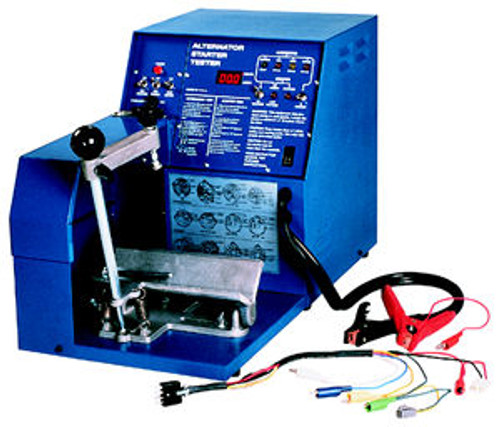
The Mini-TES instruments aboard the MERs Opportunity and Spirit were never expected to survive the cold Martian winter even if the rovers themselves survived. The instrument is located inside the warm electronics box in the body of the rover - the mirror redirects radiation into the aperture from above. The instrument can also look skyward to provide temperature profiles of the Martian atmosphere and detect the abundance of dust and water vapor. One particular goal is to search for minerals that were formed by the action of water, such as carbonates and clays. It measures the infrared radiation that the target rock or object emits in 167 different wavelengths, providing information about the target's composition.


The Mini-TES is used for identifying promising rocks and soils for closer examination, and to determine the processes that formed Martian rocks. The MGS TES data helped scientists choose landing sites for the Spirit and Opportunity Mars explorer rovers. The Mini-TES is a miniaturized version of Raytheon's Mars Global Surveyor (MGS) TES, built by Arizona State University and Raytheon SAS’ Santa Barbara Remote Sensing. The Mini-TES was originally developed by Raytheon for the Department of Geological Sciences at Arizona State University. There is one on each of the two Mars Exploration Rovers. By making its measurements in the thermal infrared part of the electromagnetic spectrum, it has the ability to penetrate through the dust coatings common to the Martian surface which is usually problematic for remote sensing observations. The Miniature Thermal Emission Spectrometer (Mini-TES) is an infrared spectrometer used for detecting the composition of a material (typically rocks) from a distance.

An image from Mini-TES on board the Mars Exploration Rovers.


 0 kommentar(er)
0 kommentar(er)
